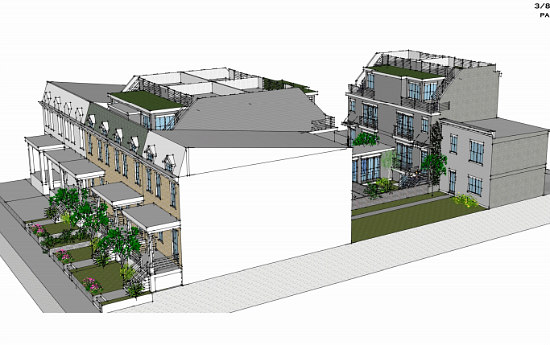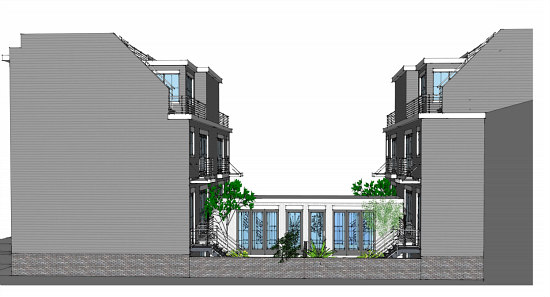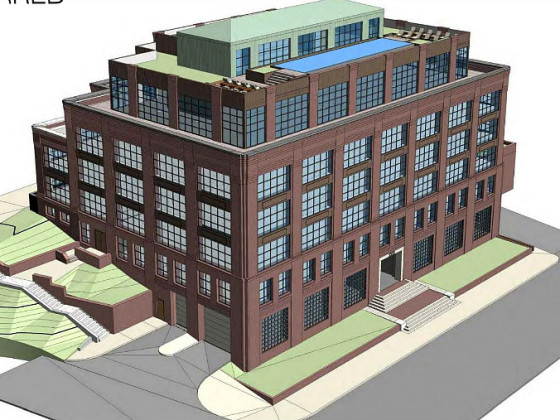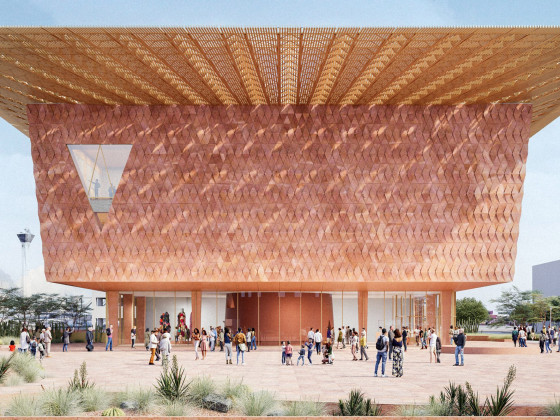What's Hot: Nearly $1 Million An Acre: Pricey Land Sale Near Dan Snyder's Alexandria Home Closes Out 2025
 The Most Likely Building Trend to Replace Pop-Ups -- The Hop-Back
The Most Likely Building Trend to Replace Pop-Ups -- The Hop-Back
✉️ Want to forward this article? Click here.

Aerial rendering of the approved Quincy Street hop-back
UrbanTurf usually stays away from publishing rankings or lists…except at the end of the year when we look back at what DC’s residential real estate scene had to offer during the previous 12 months. So, this week we are looking at not only the best but the most intriguing and peculiar things that came across our radar over the course of 2017. Enjoy.
A few years ago, pop-ups were the talk of the town in DC when it came to residential additions — both as a popular option for developers and as a source of ire for residents of popular neighborhoods. Now, the “hop-back” is gaining steam as an alternative form of addition.
Hop-backs are developments that take existing buildings and increase density by constructing a rear structure that is connected to the street-facing property. Hop-backs take advantage of zoning rules that state that a rear structure connected to a front structure by a “meaningful connection” in the form of a covered walkway is considered to be one building; thus far, hop-backs have required additional zoning approval.

Rendering of the “meaningful connection” that unifies the front and rear structures into one building
Examples of hop-backs that UrbanTurf has seen have involved combining multiple existing lots and buildings into one and adding a hop-back to deliver fewer than 10 residential units (and a few rear surface parking spaces) to a particular site.
story continues below
loading...story continues above
Developer Eric Hirshfield and architect firm Arcadia Design have been leading the way with these projects, having teamed up this year on an all-residential hop-back on Quincy Street in Petworth; there is also a mixed-use hop-back at 14th and Riggs Streets NW. The projects seem to have been received relatively well by the neighbors — especially in comparison to a traditional by-right rear addition; the Quincy Street project has already been approved by the Board of Zoning Adjustment.
“[If] we put the bulk or that mass of that addition on the back of the house, we would block the neighbors’ light,” Hirshfield explained. “This is a better way to utilize the lot: same 60 percent lot occupancy, same height, same density, we’re just putting the addition at the back of the lot.”
In light of previous zoning restrictions aimed to curb runaway pop-ups and newer zoning rules that restrict traditional rear additions, expect to see more hopback-style projects springing up throughout the city in 2018.
See other articles related to: 2017 year in review, best of 2017, hop back dc
This article originally published at http://dc.urbanturf.production.logicbrush.com/articles/blog/the_most_likely_building_trend_to_replace_pop-ups_--_the_hop-back/13339.
Most Popular... This Week • Last 30 Days • Ever

Today, UrbanTurf offers a brief explanation of what it means to lock in an interest r... read »

The 30,000 square-foot home along the Potomac River sold at auction on Thursday night... read »

An application extending approval of Friendship Center, a 310-unit development along ... read »

A key approval could be coming for a proposal to convert a Georgetown office building... read »

Capital Bikeshare breaks a record; Trump potentially legalizes weed sales in DC; and ... read »
DC Real Estate Guides
Short guides to navigating the DC-area real estate market
We've collected all our helpful guides for buying, selling and renting in and around Washington, DC in one place. Start browsing below!
First-Timer Primers
Intro guides for first-time home buyers
Unique Spaces
Awesome and unusual real estate from across the DC Metro














